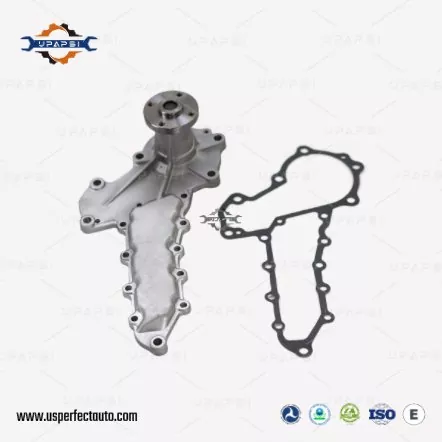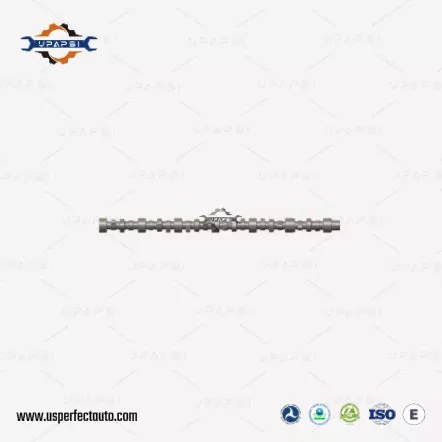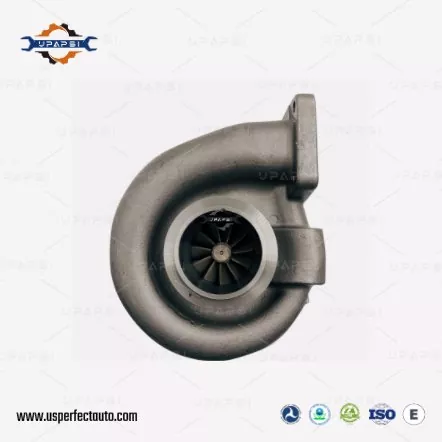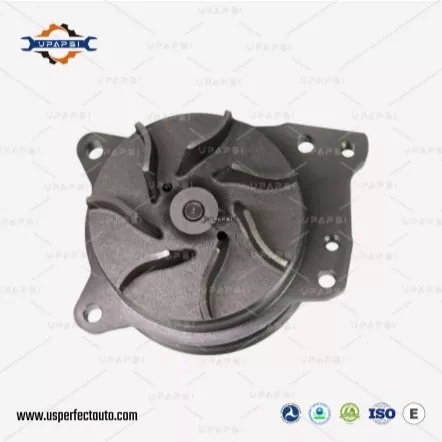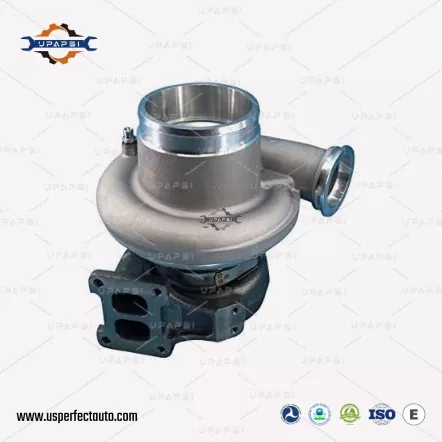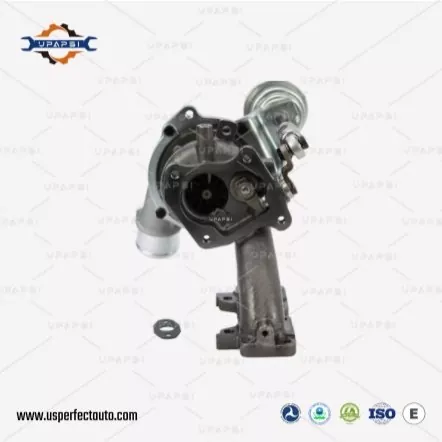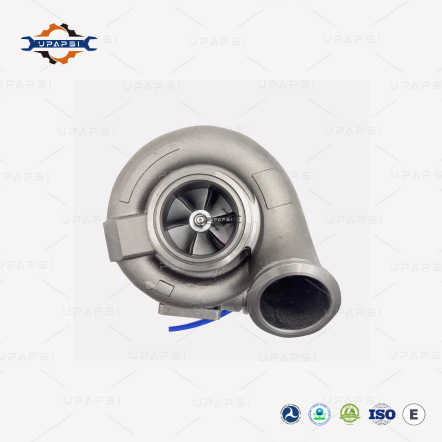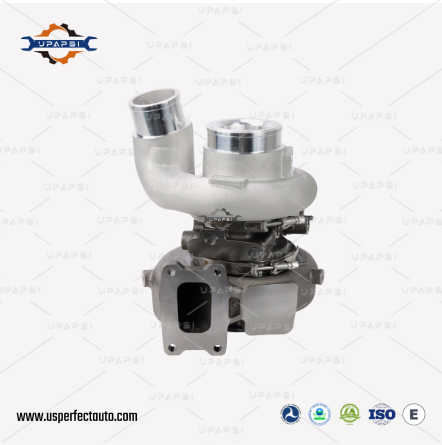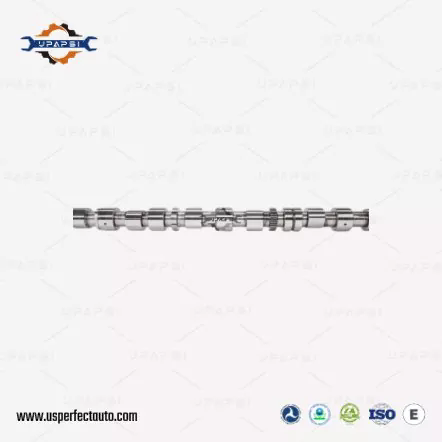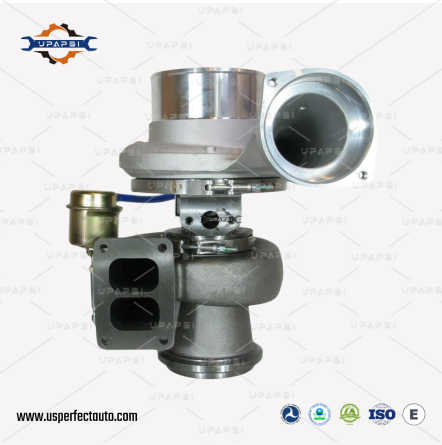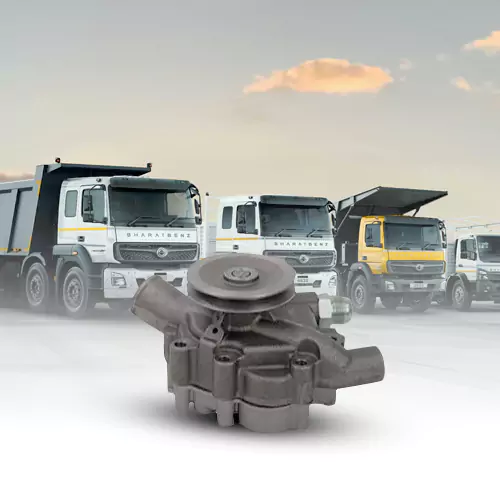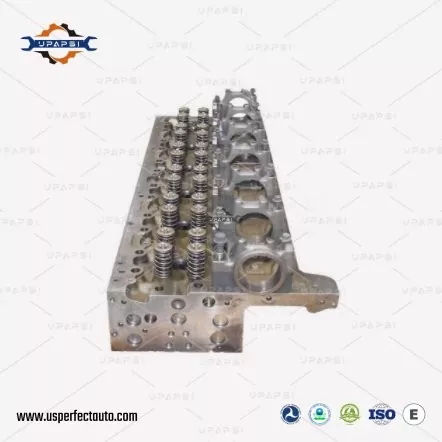Reviving Your Fleet with OEM-Compatible Turbocharger Replacement Parts
Why Turbocharger Maintenance Matters for Fleet Vehicles
It’s 2 AM on a desolate stretch of interstate. Your lead mechanic slides out from under Freightliner #37, shaking his head. That high-pitched whine under load? The faint blue haze on uphill climbs? It’s the death rattle of a turbocharger—just one failure away from stranding a $150,000 truck and its $50,000 load.
Beyond boosting air into the engine, a healthy turbo is your fleet’s circulatory system. A failing Garrett GT37 on a Powerstroke, for example, can spike fuel consumption by 10–15%, trigger more frequent DPF regens, and cascade into thousands in unplanned repairs.
Key Benefits of OEM-Compatible Turbocharger Replacement Parts
OEM-compatible turbos are precision-engineered to match OE specifications without the OEM price tag. The best ones offer:
- Cost Efficiency — OEM performance at 30–40% lower cost.
- Reliable Fitment — Direct bolt-on compatibility with OE part numbers.
- Performance Assurance — Aerospace-level dynamic balancing (ISO 1940 G1.0), high-nickel alloy turbine wheels (Mar-M 247), and OE-grade bearings.
- Availability — Stocked at major distributors, avoiding OEM lead time delays.
Best Turbocharger Replacement Options for Common Fleet Engines
|
Engine Platform |
OEM Turbo Model |
Recommended OEM-Compatible Replacement |
|
Ford Powerstroke 6.0L |
Garrett GT3782VA |
GT3782VA upgraded unit with DLC-coated unison ring |
|
Dodge Ram 6.7L Cummins |
Holset HE351VE |
HE351VE with bronze-bushed VGT linkages and updated solenoid |
|
GM Duramax L5P |
IHI RHG6 |
RHG6 with resonator delete and reinforced compressor housing |
|
Isuzu NPR Diesel |
Hitachi RHF5 |
RHF5 direct-fit unit |
How to Ensure the Right Turbo Replacement Fit
Even “compatible” isn’t always a perfect fit. Protect your fleet investment by:
1. Check OEM Part Numbers — Match OE cross-references before ordering.
2. Inspect Fitment Diagrams — Confirm actuator type, port shapes, and mounting points.
3. Review Technical Specs — Look for ISO/TS16949 certification, heat resistance, and compressor maps.
4. Ask About Build Process — Verify CNC machining, post-assembly balancing, and bearing source.
Cost vs. Total Cost of Ownership
Yes, a genuine OEM Holset HE351VE might list at $2,800. A top-tier compatible replacement? $1,400–$1,800. But savings extend far beyond purchase price:
- Avoid Downtime — Quality compatible turbos are often in stock.
- Labor Savings — True bolt-on fit means less install time (4.5 hours vs. 8+ hours).
- Engine Protection — Prevents catastrophic failures from shrapnel damage.
Choosing the Right Supplier
In bulk fleet orders, the supplier is as critical as the part:
- Dedicated Account Support — For quotes, tech questions, and logistics.
- Flexible Pricing — Tiered discounts by order volume.
- Custom Packaging — Ideal for branded workshops.
- Local Warehousing — Reduces shipping time and downtime.
The Fleet Manager’s Next Move
That phantom turbo whine on Truck #37 won’t fix itself. Ignoring it risks not just a breakdown, but an expensive chain reaction. By choosing a reputable OEM-compatible turbo, you’re not just buying a part—you’re investing in operational intelligence, engineering precision, and fleet uptime.
The question isn’t “Can we afford it?” It’s “Can we afford not to?”
- Replacing a CAT C15 Turbo at Home: My Real Experience, Problems I Faced, and How I Solved Them
- US Perfect Auto | Holiday Turbocharger Maintenance Guide
- THE ULTIMATE ENCYCLOPEDIA OF TURBOCHARGER INSTALLATION
- Cummins Cylinder Head – Maximizing Power, Efficiency, and Durability for Heavy-Duty Engines
- Diesel Engine Cylinder Head – The Core of Heavy-Duty Reliability and Performance
- HX55 Turbocharger — Built for Extreme Diesel Power and Heavy-Duty Endurance


